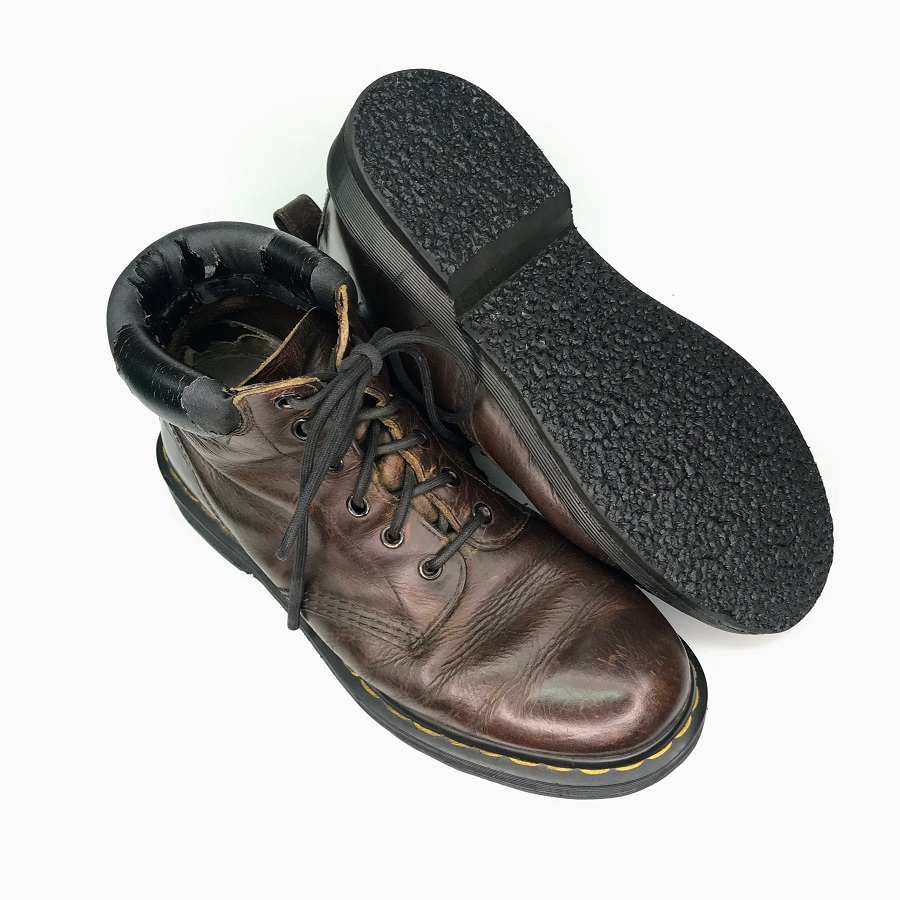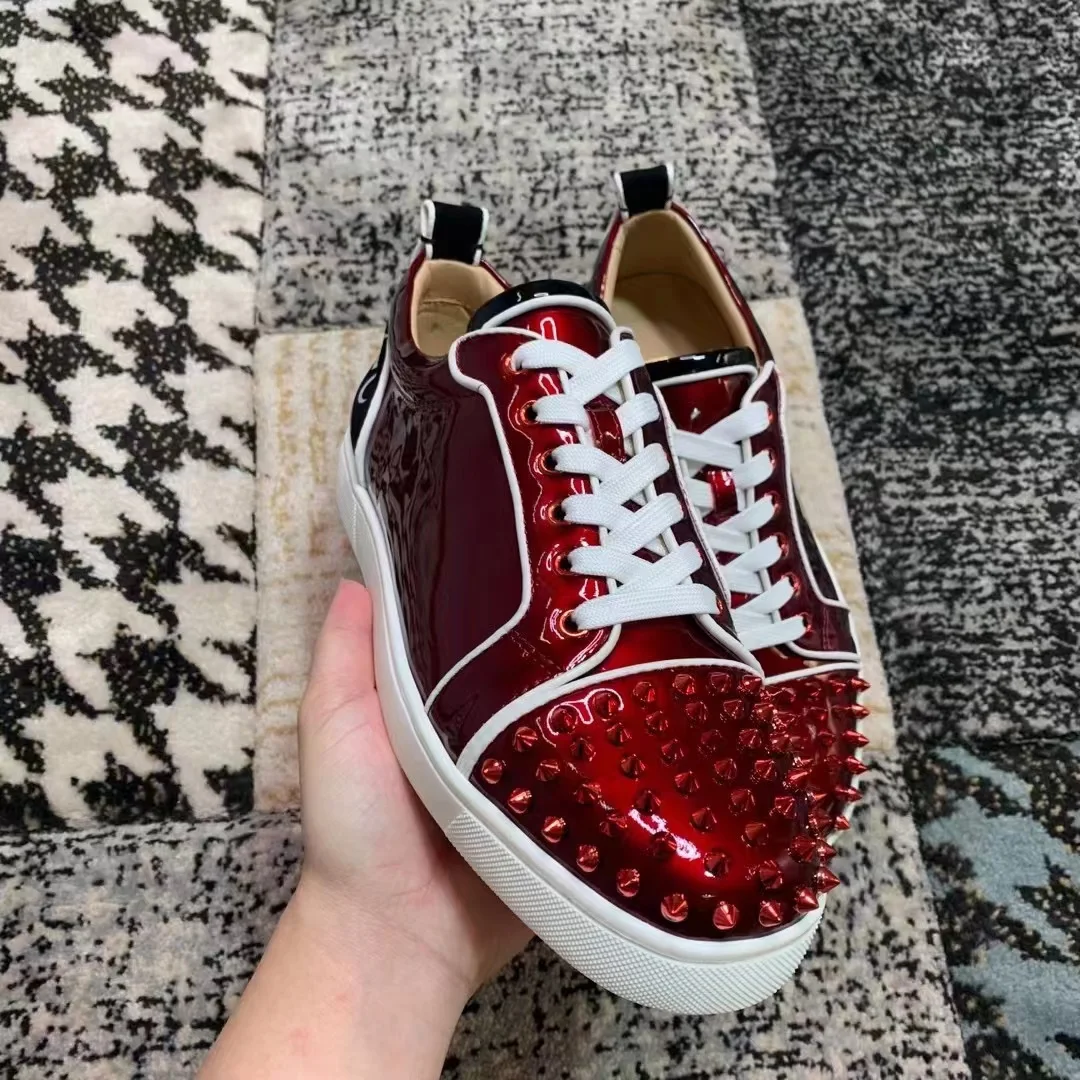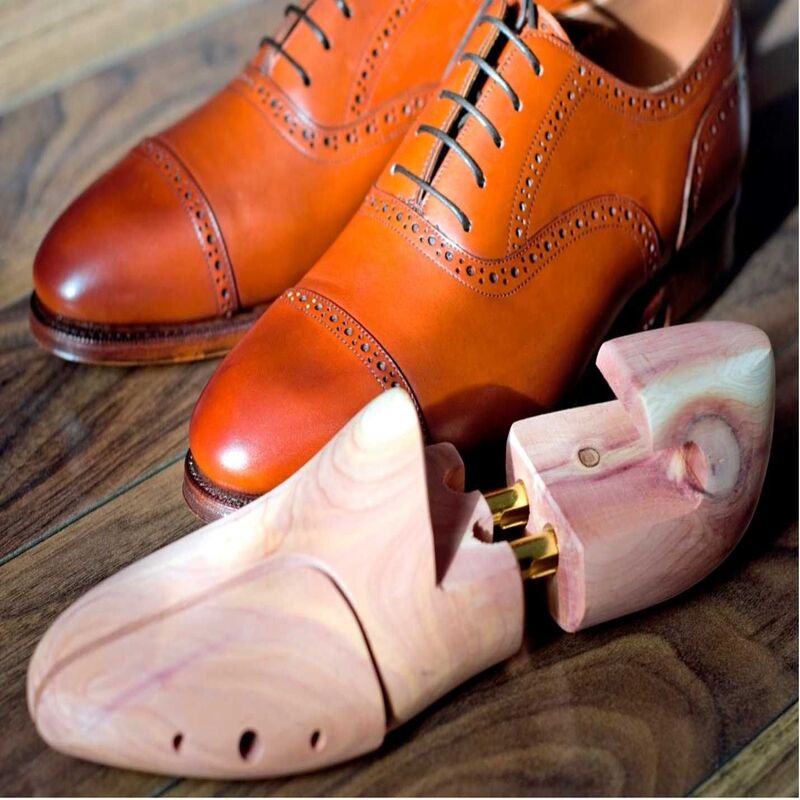Running shoes play a crucial role in providing support and enhancing performance during workouts. Properly tying your running shoes is essential for comfort, injury prevention, and optimal performance. Consequently, understanding the methods and techniques for tying running shoes can make a significant difference in your running experience. Therefore, this comprehensive guide explores the essentials of shoe lacing, different methods tailored to specific needs, and tips for maintaining your laces. By delving into these aspects, you can enhance your running sessions and enjoy greater comfort.
Essentials of Tying Running Shoes
The fundamentals of tying running shoes provide a foundation for understanding more advanced techniques and methods. Knowing why and how to tie your shoes properly ensures a good start. Therefore, exploring the essentials is crucial.
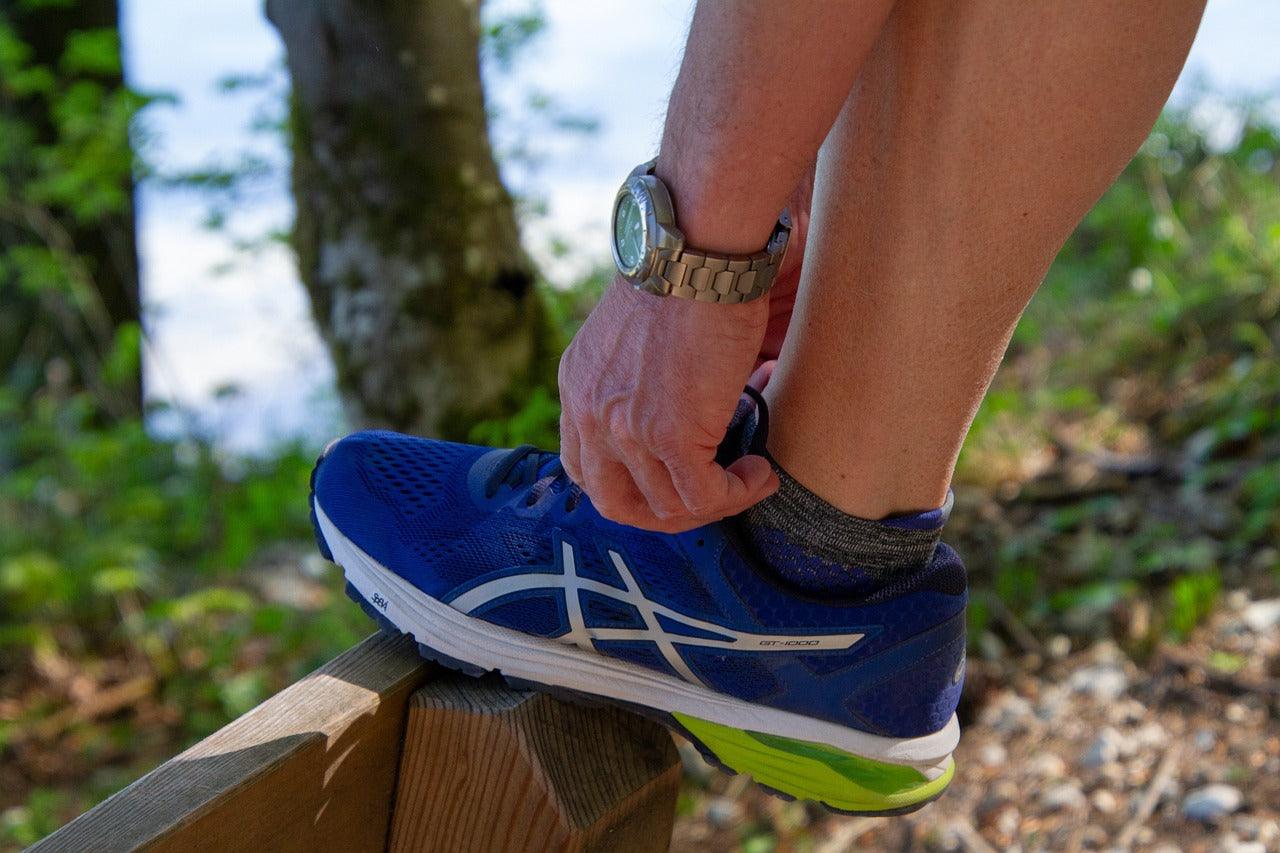
Importance of Proper Lacing
Proper lacing is essential for achieving the right balance of comfort and support in your running shoes. Ill-fitting shoes due to improper lacing can lead to blisters, discomfort, and even injuries. Proper lacing helps distribute pressure evenly across the foot, minimizes movement within the shoe, and provides a secure fit. Additionally, certain lacing techniques can address specific issues, such as high arches, wide feet, or pressure points. By understanding the importance of proper lacing, you can minimize discomfort and improve your running experience. Therefore, recognizing the significance of correct lacing is crucial.
Basic Lacing Technique
The basic lacing technique, often referred to as the “Standard Criss-Cross,” is the starting point for most runners. Begin by threading the lace through the eyelets closest to the toe of the shoe, starting from the inside and pulling both ends evenly. Cross the laces over each other and thread them through the next set of eyelets, forming an “X” pattern. Continue this pattern up to the top of the shoe. Ensure the laces are snug but not too tight. Finish with a bow knot. By understanding the basic lacing technique, you can achieve a secure and comfortable fit. Therefore, recognizing the value of a strong foundation is essential.
Different Lacing Methods Tailored to Specific Needs
Various lacing methods can address specific foot issues and enhance the overall fit and comfort of running shoes. Understanding these methods helps customize your lacing to suit your requirements. Therefore, exploring tailored lacing methods is essential.
High Arches: Loop Lacing
For runners with high arches, loop lacing provides additional support and reduces pressure points. Begin with the basic criss-cross lacing up to the eyelets just below the point where your foot’s arch starts. Instead of crossing the laces, thread each lace straight up to the next eyelet on the same side, creating a vertical loop. Then, cross the laces over and continue the criss-cross pattern to the top. This technique helps lift the arch and provides better support. By understanding the loop lacing method, you can alleviate discomfort associated with high arches. Therefore, recognizing the importance of tailored support is crucial.
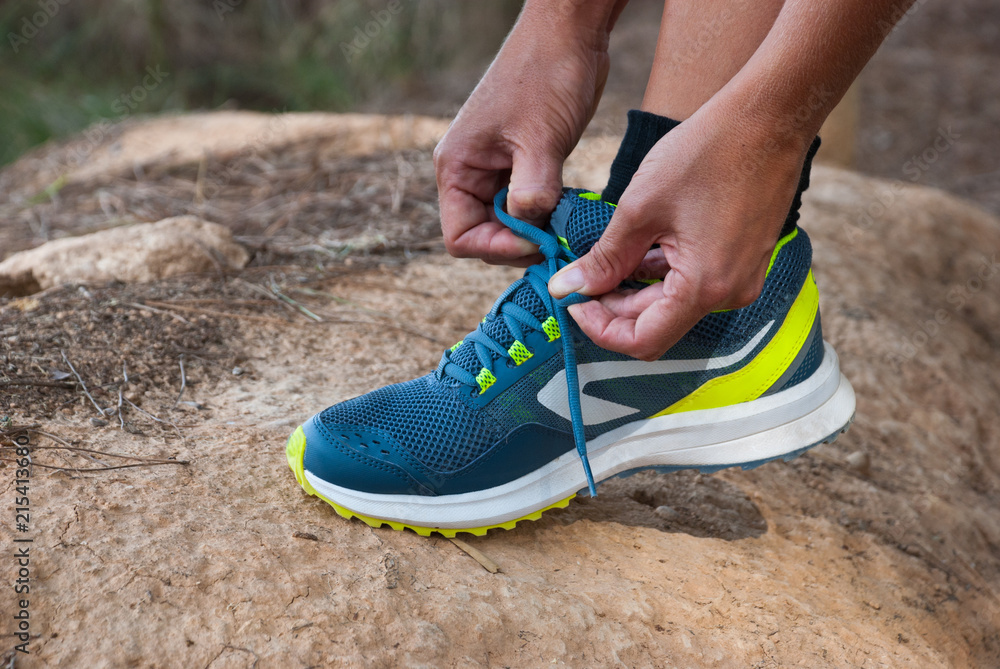
Wide Feet: Parallel Lacing
For runners with wide feet, parallel lacing offers a more comfortable fit by reducing pressure on the sides of the shoe. Start by threading the lace through the bottom eyelets, but don’t cross them over. Instead, thread each lace straight up to the next eyelet on the same side, creating a parallel line. Once at the desired height, thread the lace across to the opposite side and continue this pattern. This method helps maintain a snug fit without squeezing the sides of the foot. By understanding the parallel lacing method, you can achieve a more comfortable fit for wide feet. Therefore, recognizing the value of width accommodation is essential.
Heel Slippage: Heel Lock Lacing
Heel lock lacing, also known as the “Runner’s Loop,” is effective in preventing heel slippage and ensuring a secure fit. Start with the basic criss-cross lacing up to the second-to-last set of eyelets. Instead of crossing the laces, thread each lace straight up into the top eyelets on the same side, creating a loop on either side. Cross the laces over and thread them through the loops, pulling tight to lock the heel in place. Finish with a bow knot. By understanding the heel lock lacing method, you can prevent heel slippage and enhance stability. Therefore, recognizing the importance of a secure fit is crucial.
Tips for Maintaining Your Running Shoe Laces
Maintaining your running shoe laces ensures longevity and consistent performance. Proper care of laces contributes to overall running comfort and shoe integrity. Therefore, exploring maintenance tips is essential.
Regular Inspection and Replacement
Regularly inspecting your laces helps identify signs of wear and tear, such as fraying, thinning, or loss of elasticity. Damaged laces can compromise shoe fit and performance. If you notice these signs, replace your laces promptly to maintain optimal support and security. Keep a spare pair of laces on hand to ensure you can replace them as needed without interrupting your running routine. By understanding the importance of regular inspection and timely replacement, you can ensure consistent lacing performance. Therefore, recognizing the value of well-maintained laces is crucial.

Proper Storage and Cleaning
Proper storage and cleaning of your laces help prolong their lifespan and maintain their appearance. Avoid storing shoes with laces exposed to direct sunlight or high temperatures, as this can cause the laces to weaken and fade. If your laces become dirty, gently hand wash them with mild soap and water, then air dry them completely before re-lacing your shoes. Avoid using harsh chemicals or machine washing, as these can damage the laces. By understanding the importance of proper storage and cleaning, you can keep your laces in excellent condition. Therefore, recognizing the significance of care and maintenance is crucial.
Avoiding Over-Tightening
Avoiding over-tightening your laces helps prevent unnecessary strain on both the laces and your feet. Over-tightened laces can cause discomfort, restrict circulation, and lead to potential injury. Adjust your laces to be snug but comfortable, allowing your feet to move naturally without excessive pressure. If you find yourself frequently re-tightening your laces, consider exploring different lacing methods tailored to your needs for a more secure fit. By understanding the importance of not over-tightening, you can ensure a balanced and comfortable lacing setup. Therefore, recognizing the value of proper tension is crucial.
Addressing Common Questions About Tying Running Shoes
Understanding common questions about tying running shoes provides clarity and enhances knowledge. Knowledge of these answers ensures better preparation and practice. Therefore, exploring common questions is essential.
How Tight Should Running Shoes Be Tied?
Running shoes should be tied tight enough to provide a secure fit without causing discomfort. The laces should be snug but not restrictive, allowing for natural foot movement. Ensure there is enough room in the toe box to wiggle your toes comfortably. The fit should be firm around the midfoot and heel to prevent slipping. Experiment with different lacing techniques to achieve the right balance of tightness and comfort. By understanding the importance of proper lacing tension, you can optimize your shoe fit for better performance and comfort. Therefore, recognizing the value of a balanced fit is crucial.
Do Lacing Techniques Affect Shoe Performance?
Yes, lacing techniques can significantly affect shoe performance and overall comfort. Different lacing methods address specific foot issues, such as high arches, wide feet, or heel slippage, enhancing the fit and support of your running shoes. Proper lacing can improve stability, reduce pressure points, and prevent common running injuries. Experiment with various lacing techniques to find the one that best suits your individual needs and running style. By understanding the impact of lacing techniques, you can enhance your running experience and performance. Therefore, recognizing the importance of customized lacing is crucial.
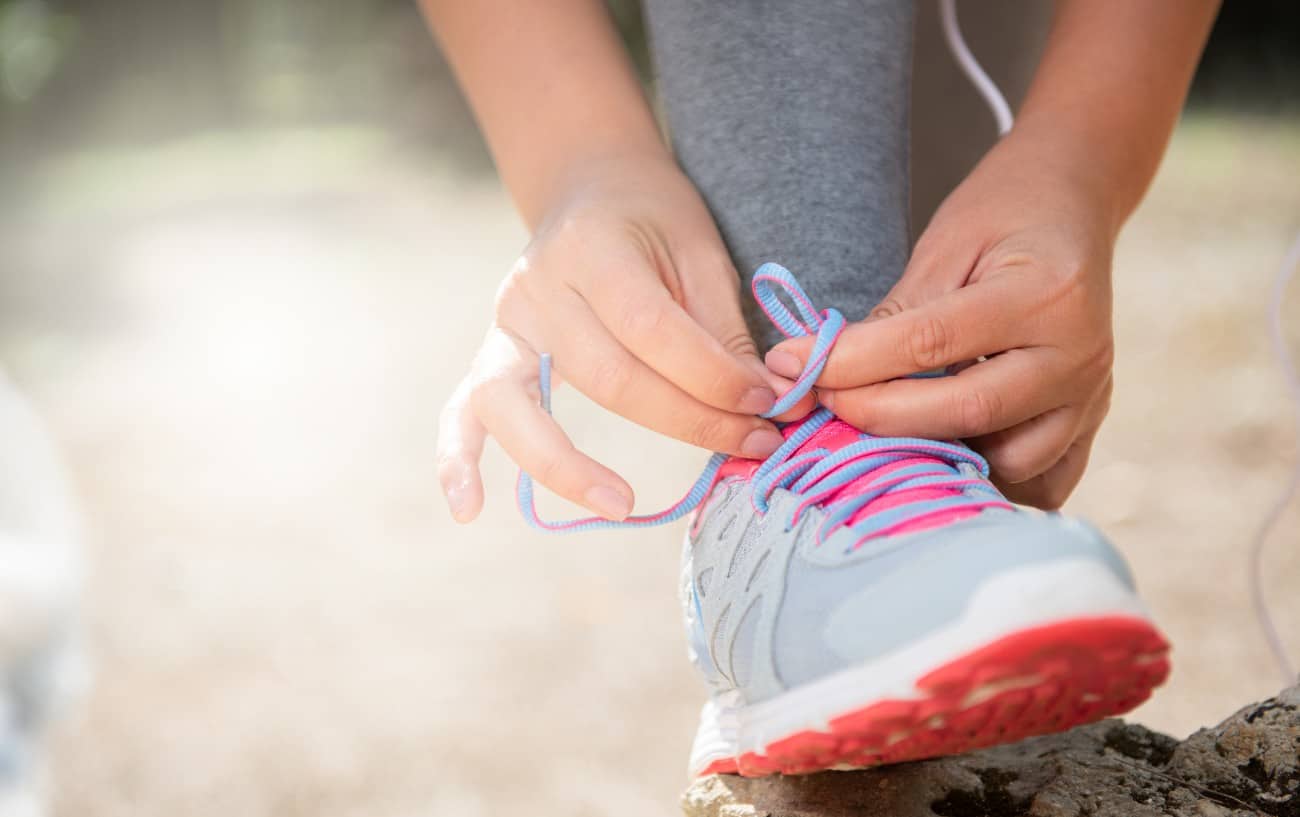
Addressing Common Misconceptions About Tying Running Shoes
Addressing common misconceptions about tying running shoes provides accurate information and dispels unwarranted concerns. Clearing up misunderstandings ensures an informed perspective. Therefore, exploring common misconceptions is important.
Misconception: All Shoes Should Be Tied the Same Way
A common misconception is that all running shoes should be tied the same way. In reality, different lacing techniques are designed to address specific foot shapes, sizes, and running conditions. Using a one-size-fits-all approach can lead to discomfort and potential injuries. By exploring and experimenting with different lacing methods tailored to your needs, you can find the most comfortable and supportive fit for your running shoes. Therefore, dispelling this misconception highlights the value of personalized lacing techniques.
Misconception: Tight Laces Improve Performance
Another misconception is that tighter laces automatically lead to improved performance. While a secure fit is important, over-tightening can cause unnecessary pressure, restrict circulation, and lead to discomfort or injury. Finding the right balance between snugness and comfort is key to achieving optimal performance. Proper lacing techniques and adjustments can provide the necessary support without compromising comfort. By understanding the drawbacks of over-tightening, you can avoid potential issues and ensure a comfortable fit. Therefore, dispelling this myth emphasizes the need for a balanced lacing approach.

Conclusion: Enhancing Comfort and Performance with Proper Shoe Lacing
Enhancing comfort and performance involves understanding the essentials of tying running shoes, exploring different lacing methods, and maintaining your laces properly. Proper preparation, including experimenting with tailored lacing techniques, ensures an optimal fit for your running shoes.
Exploring critical aspects such as addressing specific foot issues, regular inspection, and avoiding common misconceptions ensures comprehensive knowledge and effective lacing practices. Recognizing the importance of answering common questions and dispelling misconceptions enhances overall confidence and effectiveness.
By engaging with these elements, you can achieve a comfortable and supportive fit for your running shoes, enhancing your running experience and performance. Therefore, whether you are a novice or an experienced runner, understanding the essential considerations and techniques for tying running shoes offers practical and valuable insights. Embrace the opportunity to optimize your running comfort and performance, knowing you have the knowledge and resources to tie your running shoes effectively!

